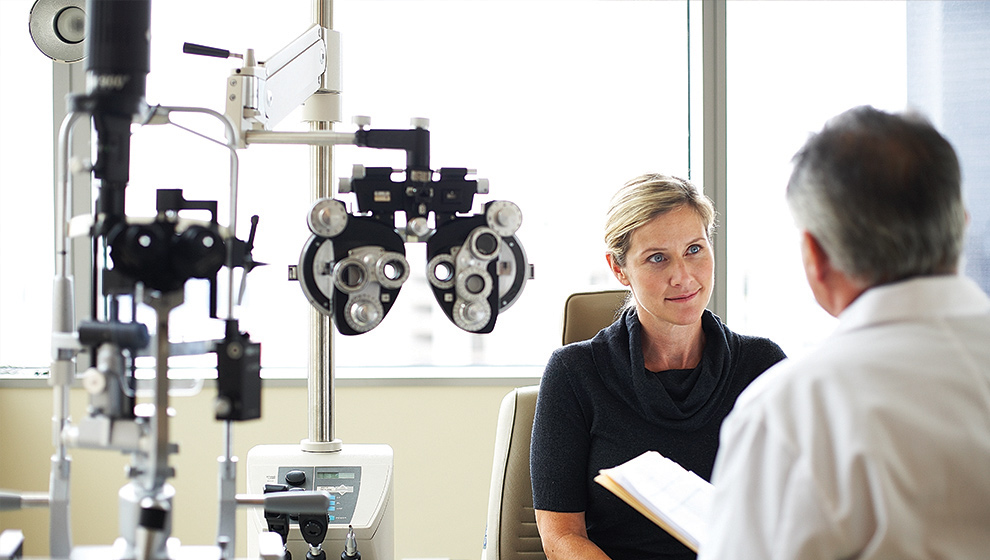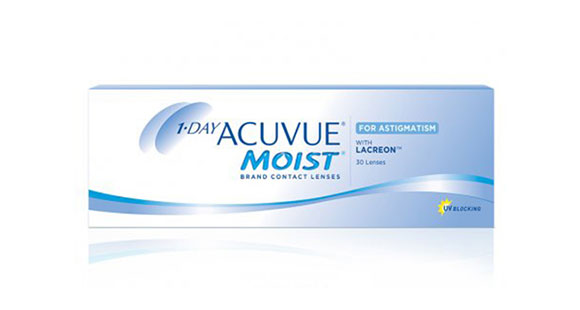
People Living With Astigmatism
- Astigmatism is more common than you may realize.
- Most people are thought to have at least some degree of Astigmatism.
- Although slight astigmatism doesn’t usually impact vision or require treatment, there are many patients who are living their lives in a blur.
Astigmatism Correction Obstacles
Research conducted by Johnson & Johnson Vision Companies revealed a few key barriers in treating astigmatism patients with contact lenses.
Low levels of patient awareness about contact lenses for astigmatism were reported.
- Many patients believe that when it comes to treating astigmatism, they have no other choice besides glasses.
- Research also shows that patients are actually very interested in learning about contact lenses for astigmatism—once they know they’re an option.
A disconnect between the patient and Eye Care Professional communication was found.
- Patients want professional guidance about their options for correcting astigmatism.
- Eye Care Professionals assume patients would inquire about contact lenses for astigmatism if they were interested.

Changing the Stigma
By understanding a little bit more about the astigmatism-patient mindset, you can begin to re-think the way you approach your treatment process. Next time you’re faced with a patient who requires astigmatism correction, be sure to let them know that:
- Glasses aren’t the only option for correcting astigmatism. Contacts are available, too.
- Treating astigmatism with contacts can provide freedom and other benefits that glasses can’t.
- They can switch off between glasses and contact lenses when they need a break.
- ACUVUE® toric lenses are specifically designed to correct astigmatism.



